Most furniture design, unlike the layout of residences, offices and commercial spaces, retains a characteristic anatomy. Tables come with a tabletop and legs, chairs typically feature a seat, legs and a backrest and cabinets generally have chequered pockets meant for storage. An innovation, in this realm, is usually presented in the form of experiments in materials, textures, colours and proportions of the individual elements. Belgium-based design studio Maison Armand Jonckers is one such practice that specialises in creating exclusive and experimental designs that bear an original identity and bring together refined materials with different personalities. Helmed by two generations of the Jonckers family, the Belgian design studio produces creative works that fit under the brackets of both art and design.
Designs manufactured by the firm bear resemblance to primitive objects that were crafted with minimum human mediation. In the past five years, Alexandra Jonckers and Grégoire Jonckers have revisited the works of their father, Armand Jonckers, an artist and sculptor, and developed designs that carry the essence of Armand’s past works. Maison Armand Jonckers also recently presented their latest creations at the Milan Design Week with Zaventem Ateliers and at the Paris Design Week.
Alexandra and Grégoire regularly experiment with different archaic techniques to present new ideas and regular inspiration derived from contemporary design and extant creative trends. Their creations are a meld of precious metals, precious minerals and coloured resins. This unique combination enables the formulation of a new and original universe, one which is poetic and graceful and enables other-worldly imagination. It is the curiosity of both Alexandra and Grégoire that guides and catalyses the creative process of the studio. Past experiences, personal baggage and the impact of the ever-evolving technology, are a few themes that influence the initial process of the studio’s creations. Their process, on the other hand, ensures the balance of the natural and artificial, such that the defining features of the original raw material are retained despite human intervention. This also ensures that Maison’s designs bear a heavy resemblance to primitive aesthetics.
Maison Armand Jonckers’s product design has found a home in the palaces, private mansions, hotels, restaurants and auction houses of Kuwait, Shanghai, Auckland, Paris, Brussels, London, New York, Antwerp and Los Angeles, among others. Their tables, chairs and totems, are handcrafted and are built to be used as decorative objects. Focused on building high-quality objects, they produce unique and limited edition designs. Some of their most recent works include the Let It Be coffee table, the Tatu Duo coffee table and the Tonga side table.
The Let It Be table was designed by the furniture designers when the world was shut down during the coronavirus pandemic, a time when our lives had stalled and new days would reveal themselves in slow motion. In moments such as those, when the paths of our lives seemed constricted, creative expression served as an act of letting go and as a source of strength and hope. Let It Be is a representation of this act of letting go in the face of uncertainty. “Let It Be, as a form of resilience, where creativity gives us strength to act, explore and experience. The table is a meditative work of confinement. So above all, let’s stay humble and be ambitiously creative at the same time while facing these new life paths that are emerging,” the studio shares in an official statement. The bronze cast table with feet made out of recycled clay, using the ancient Japanese technique of Raku Yaki, seems to have magically appeared from a naturally corrugated rock piece. It inspires introspection and reminds viewers of the natural entities that we were out of touch with during the pandemic.
The Tatau Duo coffee table, part of the Tatau table collection, is an abstract piece of furniture crafted using metal. Tatau means “to hit” in Tahitian. The collection mimics the appearance of metal when hit, blistered or slapped. The word has also been associated with the practice of tattooing, an archaic practice that can be traced back as far as 5,000 years ago. Tatau is built by sculpting and engraving black oxidised Maillechort, a silver-coloured copper alloy. The collection also comprises a side table and a console table.
Tonga celebrates the links between the past and the future. It highlights the bonds that unite different generations that help blend primitive aesthetics with modern styles. The Tonga side table also serves as an ode to life. Just like the Hunga Tonga-Hunga Ha'apai, which are two ancient Tongan islands linked by an outcropping volcanic eruption, the table represents the beginning of a new life, a new story, and a new perspective, but not without a thread that links it to the past.






 Sign in with email
Sign in with email


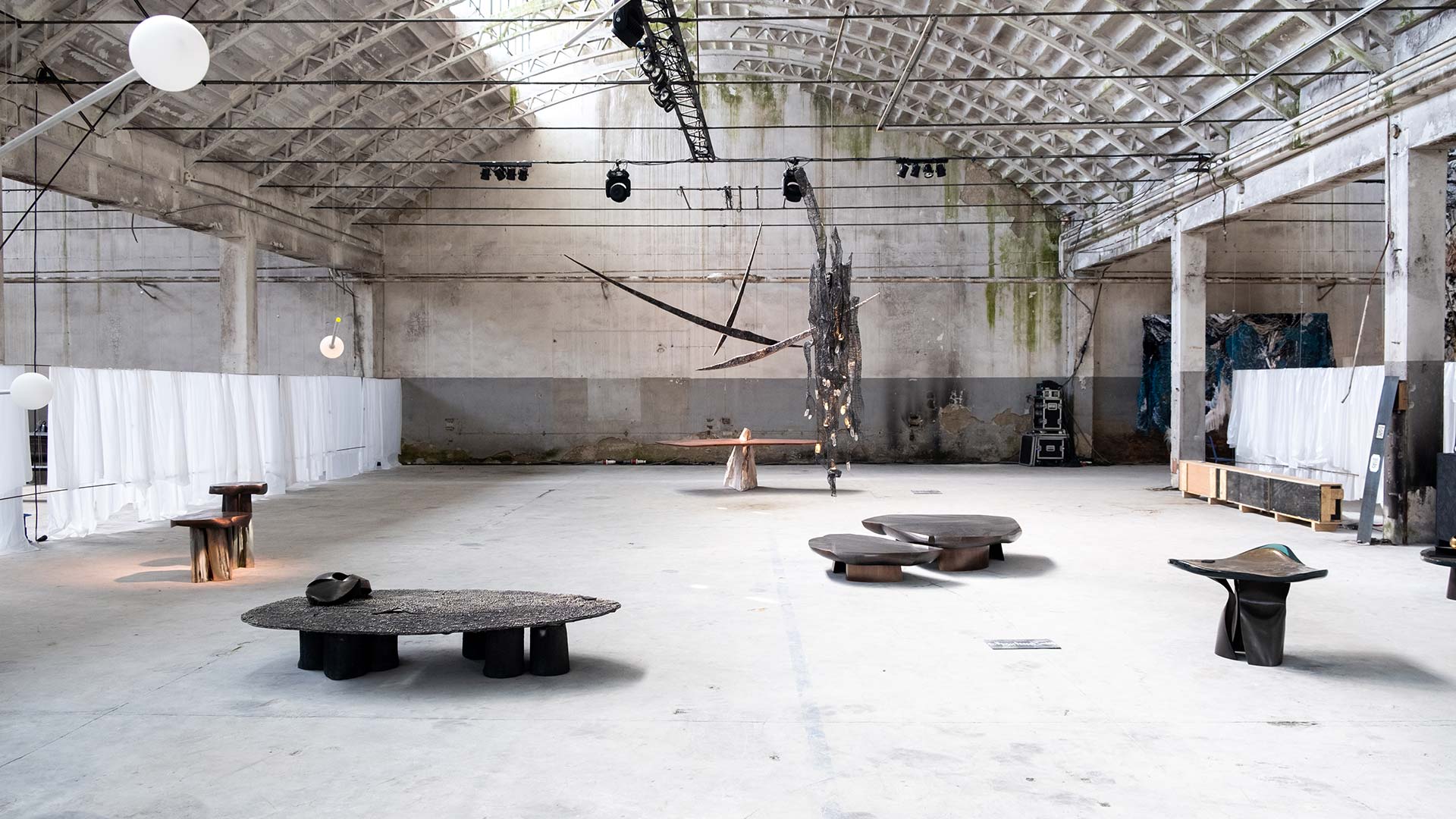
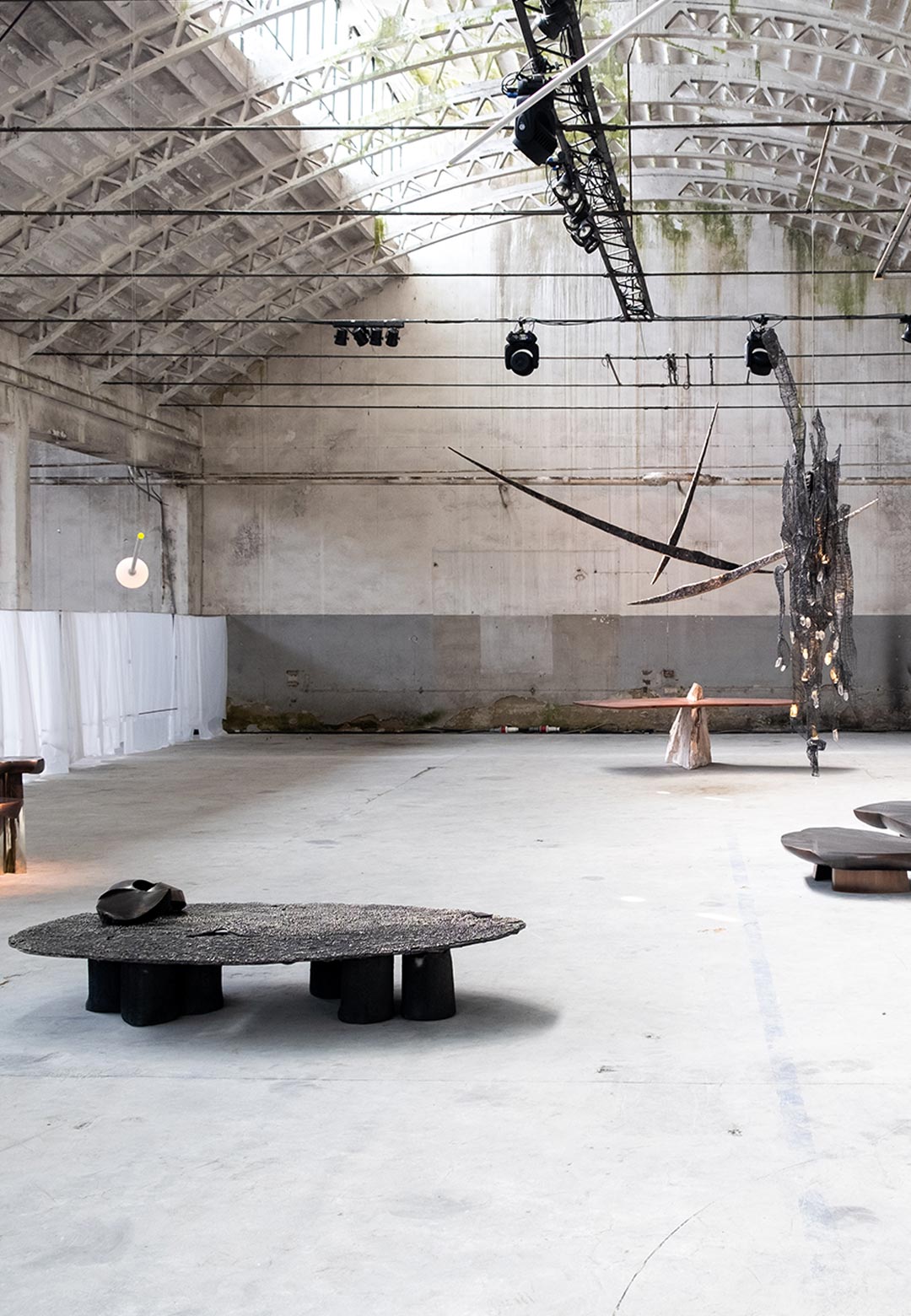
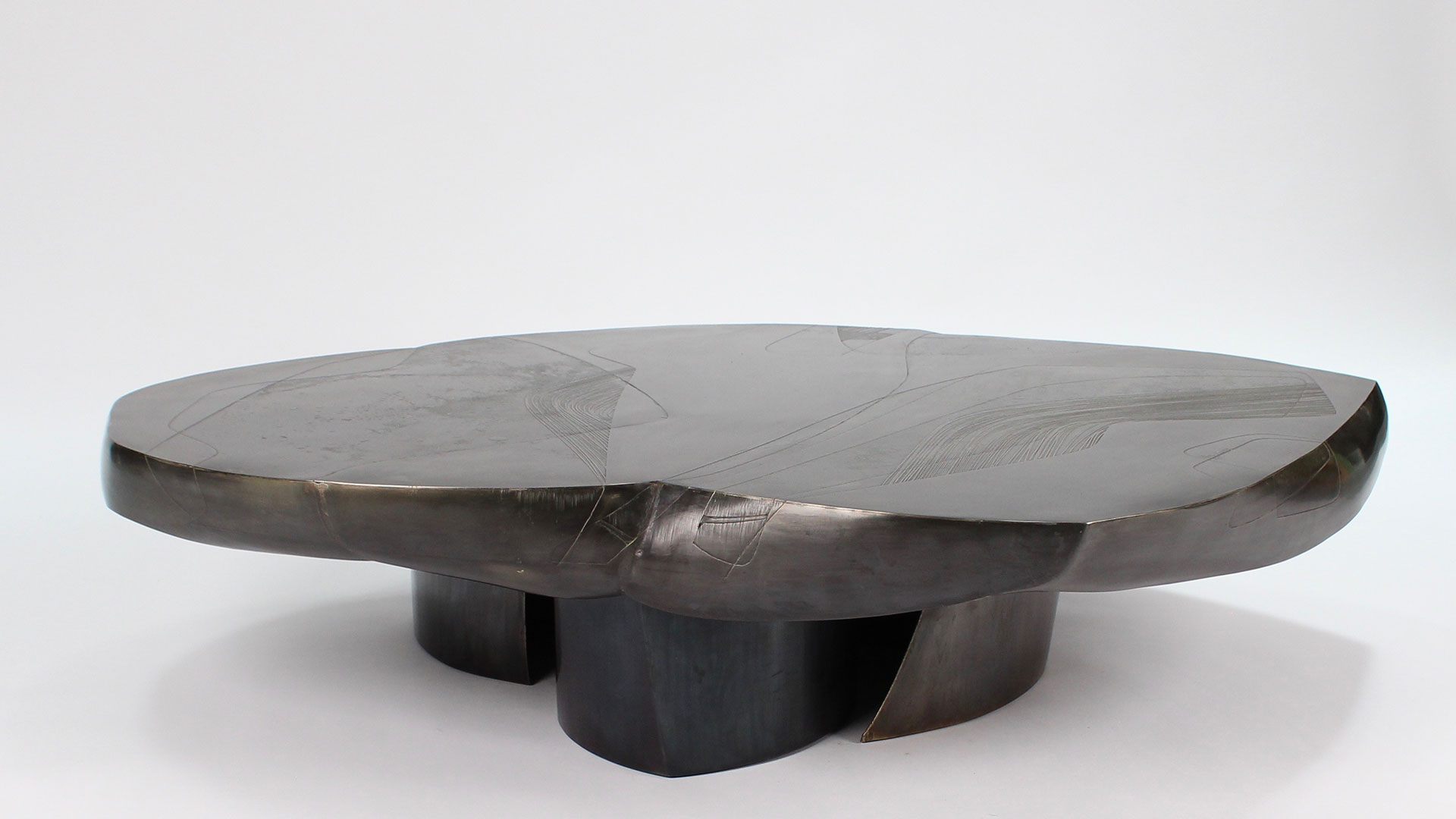
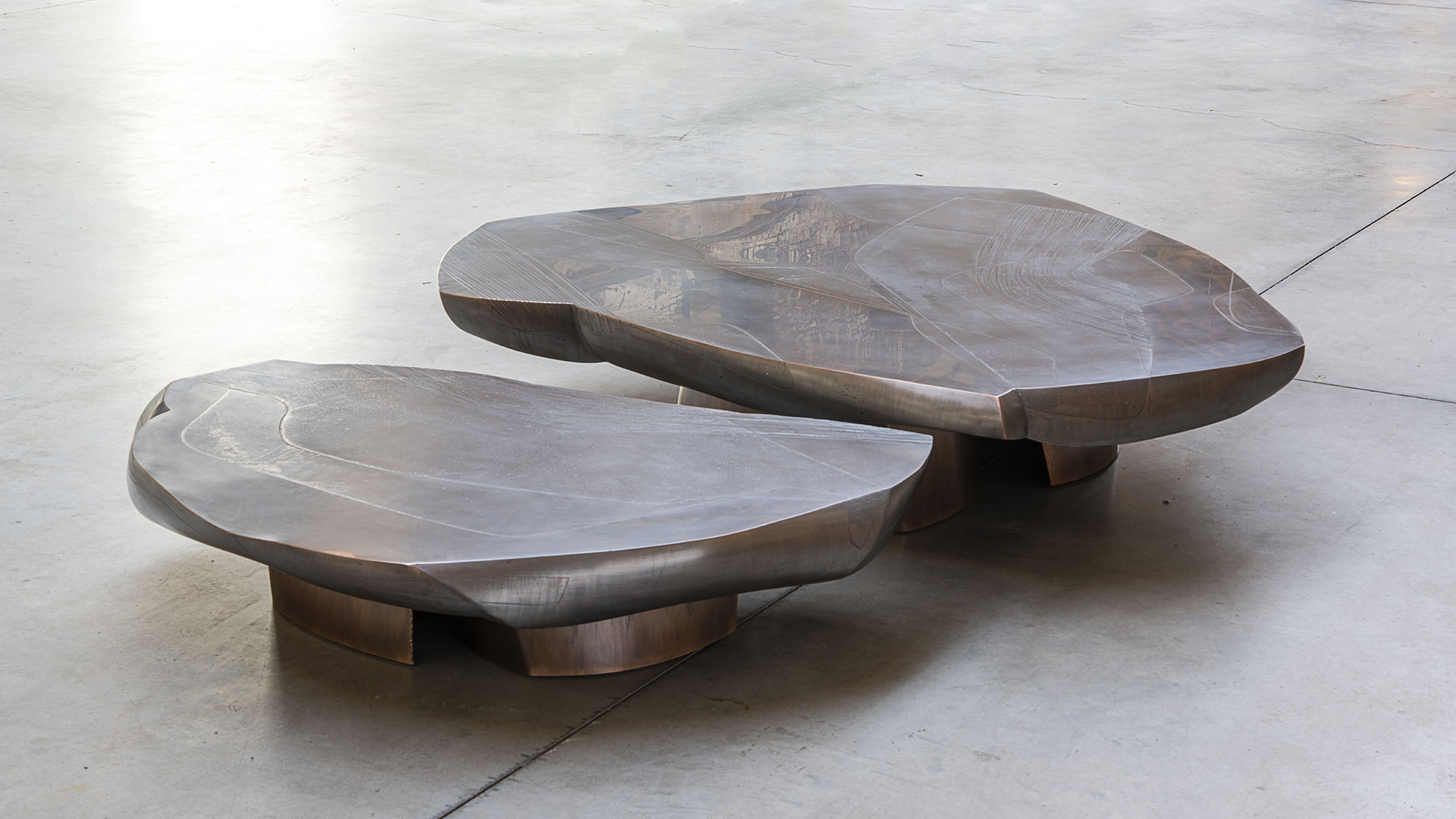
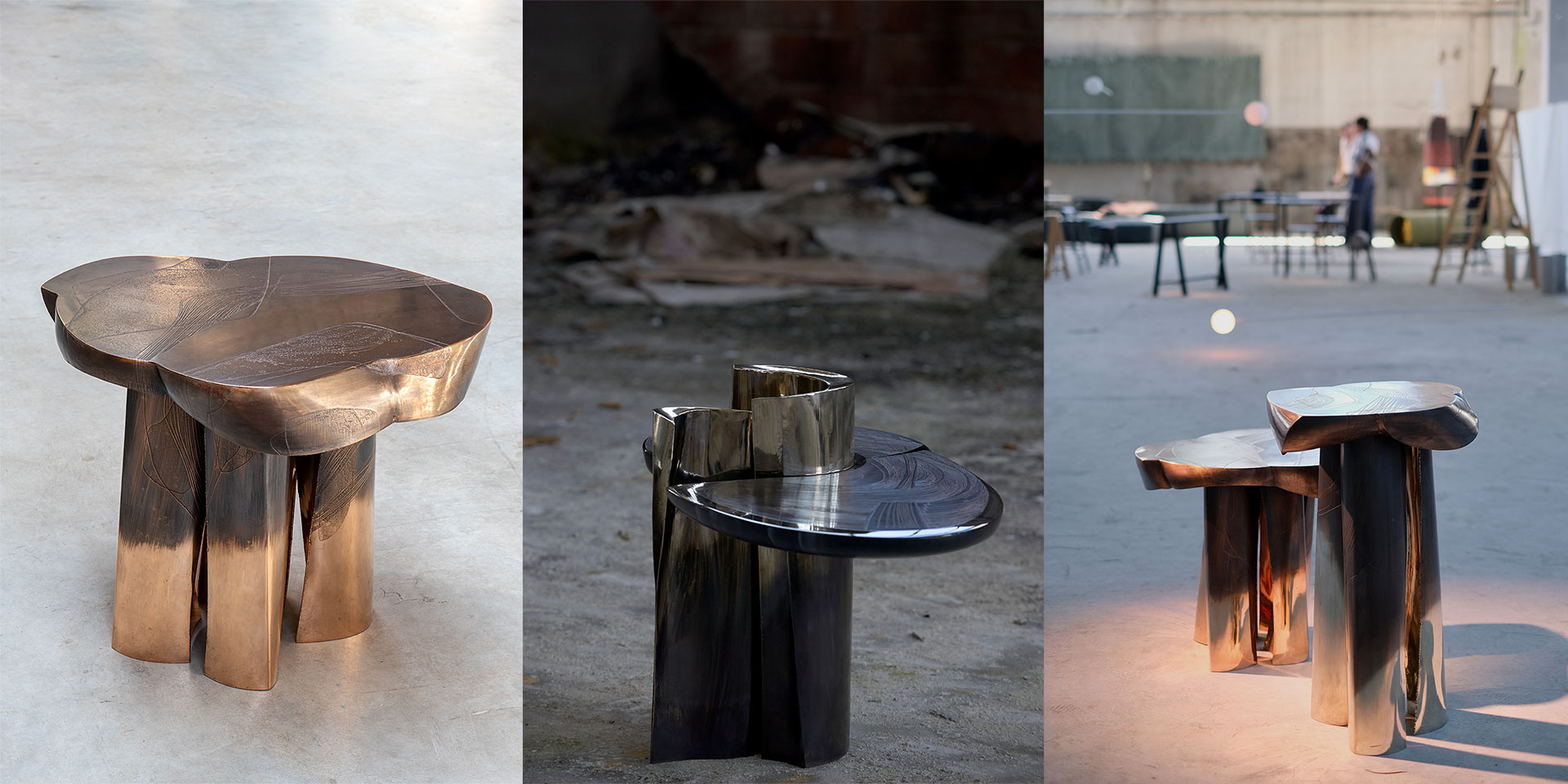
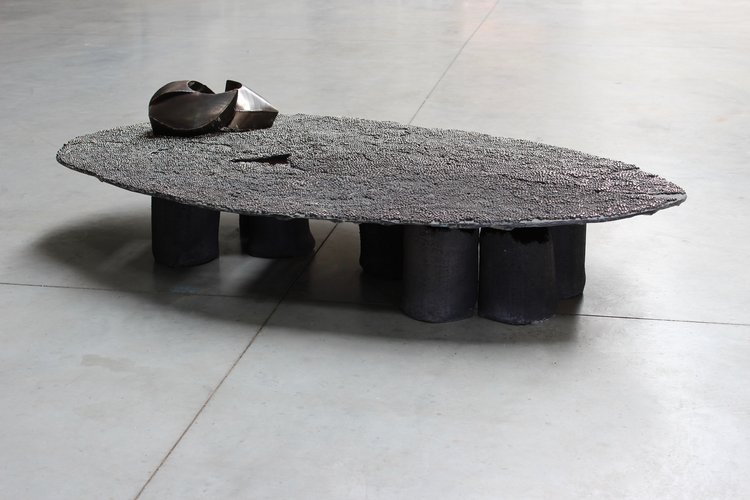
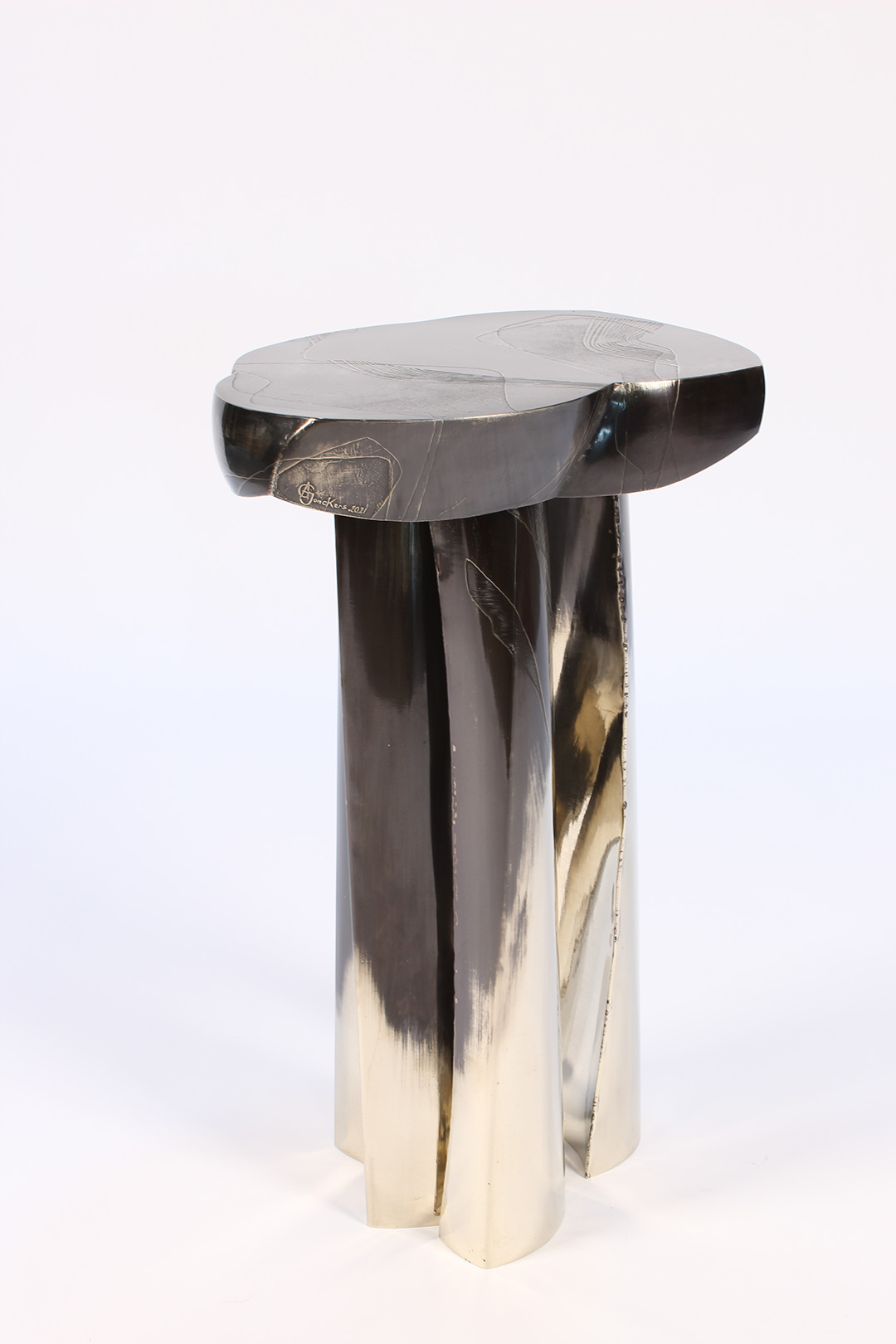
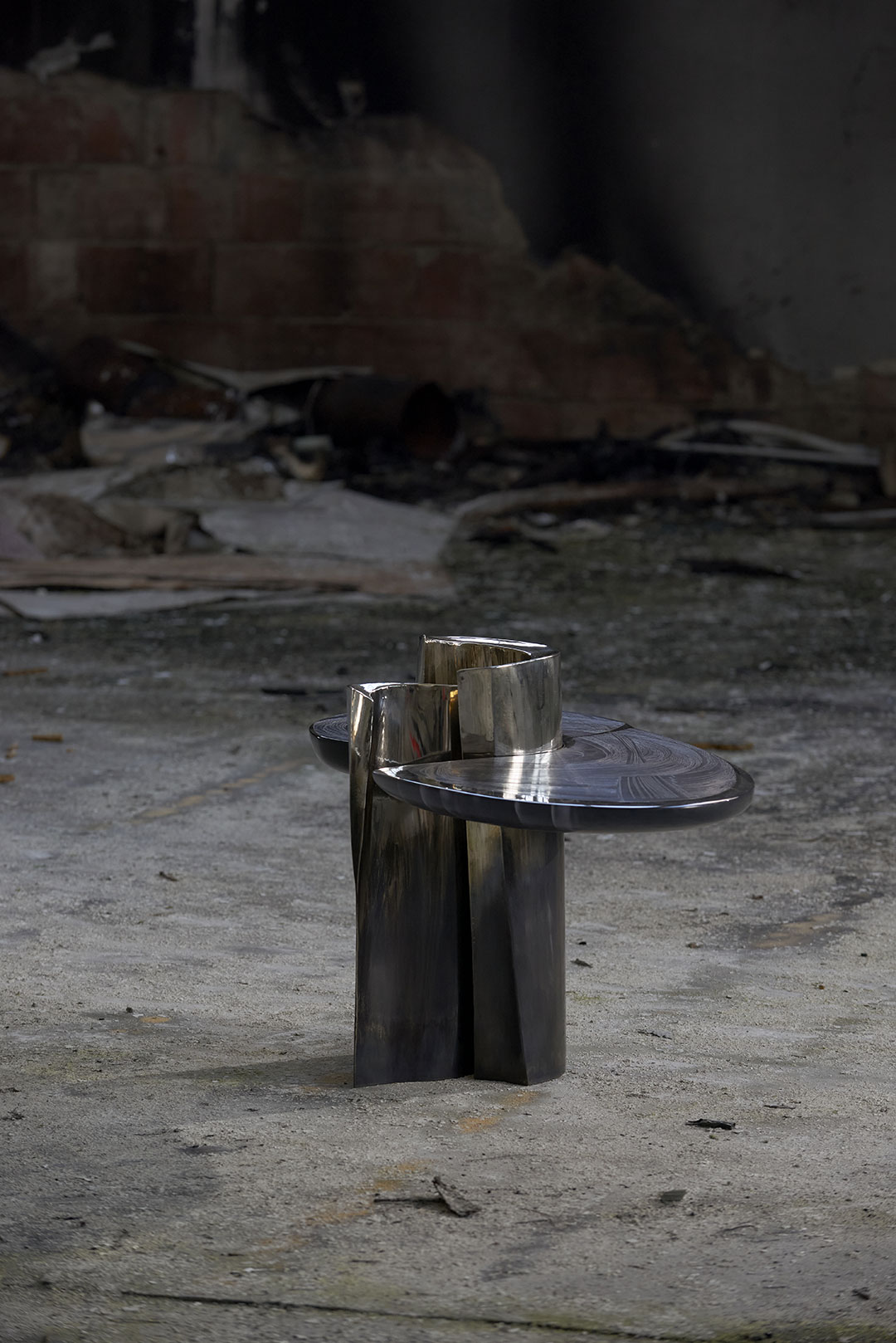
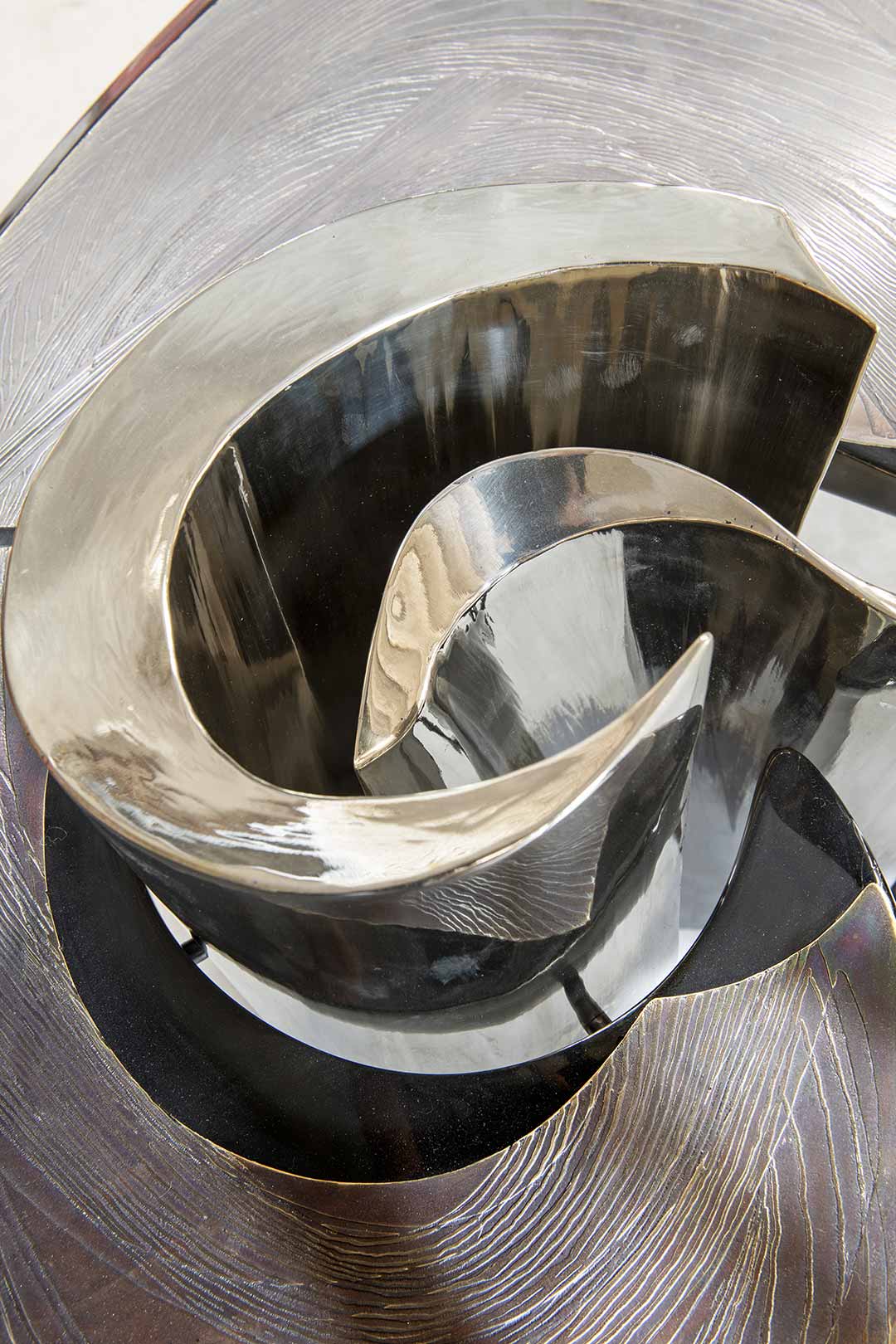
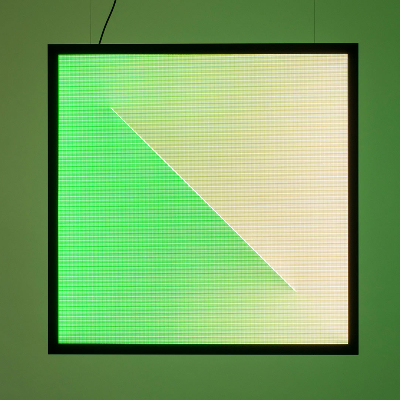
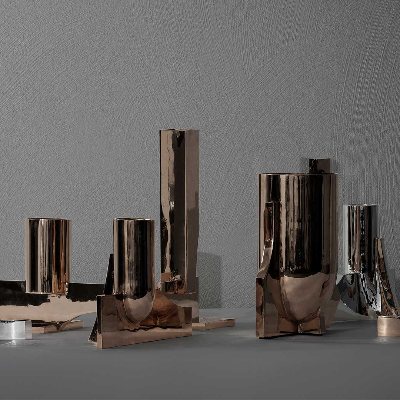
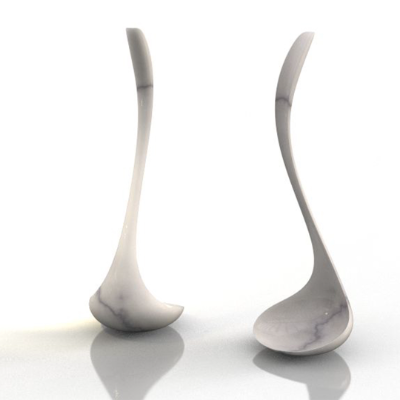
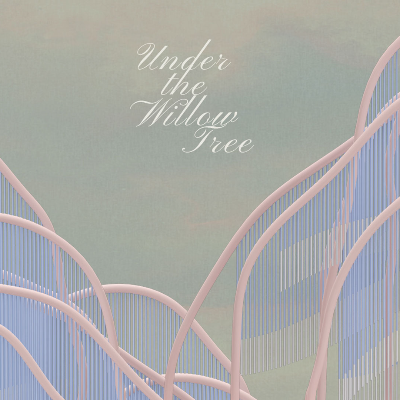
What do you think?